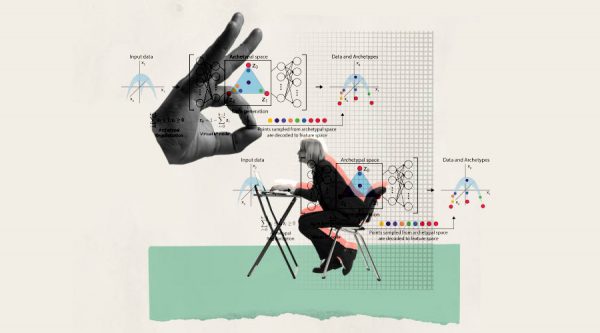ML projects are the first steps in becoming a Data Scientist in the field of Machine Learning. These projects give them hands-on experience dealing with real-world datasets, which helps them improve their data science abilities. In addition to learning how to handle big information, working on these projects helps data scientists comprehend machine learning techniques and their applications better. In 2024, let’s explore the exciting topic of data science together and push your skills to never-before-seen heights.
Project 1: Classification of Dog Breeds
In order to classify dog breeds from user-supplied photos, you will use CNNs to create a deep learning model for this project. The “Stanford Dogs Dataset” is a set of categorized images of various breeds that you will work with on Kaggle. The work entails preprocessing the images, building and training a CNN, and evaluating the CNN’s results based on criteria connected to accuracy. Python libraries such as PyTorch or TensorFlow can be used in the implementation.
Project 2: Use Gradio to Implement a Machine-Learning Model
In this project, you will utilize the user-friendly Gradio library to implement a machine-learning model. Following the task-specific dataset selection, you will train a model while accounting for prediction latency and accuracy, and subsequently you will deploy the model. As part of the project, model weights will be retained and merged with Gradio to allow for interactive forecasts. Among the technologies used are Gradio, TensorFlow, and PyTorch.
Project 3: Using NLP to Identify False News
In this project, you will create a machine learning model that uses natural language processing (NLP) to distinguish between news stories that are real and those that are fake. You will preprocess text, extract features, and categorize using datasets like Kaggle’s “Fake News Dataset”. Technologies include algorithms like NLTK and Naive Bayes. We’ll use precision, recall, and F1 score to evaluate the model’s performance.
Project 4: System for Recommending Movies
In this project, you will create a recommendation system that suggests movies or TV shows based on user history, enhancing the viewing experience on websites like Netflix. Matrix factorization, collaborative filtering, and datasets from MovieLens and IMDb will all be used. Additionally, you’ll employ frameworks like Surprise and LightFM. The system’s performance will be evaluated using Mean Absolute Error.
Project 5: Segmenting Customers
In this project, you will create a machine-learning model that will divide clients into groups according to their purchase habits so that you can make customized recommendations. Using datasets from websites like Amazon or Flipkart and unsupervised learning, you will apply clustering techniques like K-means. The project includes data processing, visualization, cluster analysis, and evaluation using metrics like the Silhouette score.
Project 6: Forecasting Stock Prices
This study involves using machine learning and historical data to forecast stock values. You will perform forecasting and time series analysis on data that includes Open, High, Low, Close, and Volume information. Among the techniques are autocorrelation, ARIMA, and LSTM networks. After analyzing and decomposing the data, you will train a forecasting model and evaluate it using metrics like Mean Squared Error.
Project 7: Recognition of Emotions in Speech
In this project, you will build a model that can recognize emotions in spoken languages using machine learning. You will process audio data from the “RAVDESS” dataset, extract features, and classify emotions. Signal processing and deep learning are two of the techniques. The model’s performance will be evaluated using the confusion matrix and accuracy.
Project 8: System for Sales Forecasting
In this project, you will create a system that predicts future sales based on historical data. Demand forecasting and inventory management are essential business operations. Regression models, time series forecasting, preprocessed sales data, and metrics like Mean Squared Error or R-squared will all be used to evaluate performance.
Project 9: MNIST Dataset Digit Classification System
In this project, you will build a model for handwritten digit classification using the MNIST dataset, a popular introduction to image classification. The accuracy and confusion matrix will be used to evaluate the model’s performance after it has been trained. Additionally, you will preprocess the images and build a CNN architecture with PyTorch or TensorFlow.
Project 10: Identification of Credit Card Fraud
As part of this project, you will create a machine-learning model to detect fraudulent credit card transactions. You will train the model, modify parameters, assess performance using ROC-AUC, recall, and precision, apply techniques for anomaly detection and classification like Random Forest or SVM, preprocess data, and refine the model using a labeled dataset of transactions.









